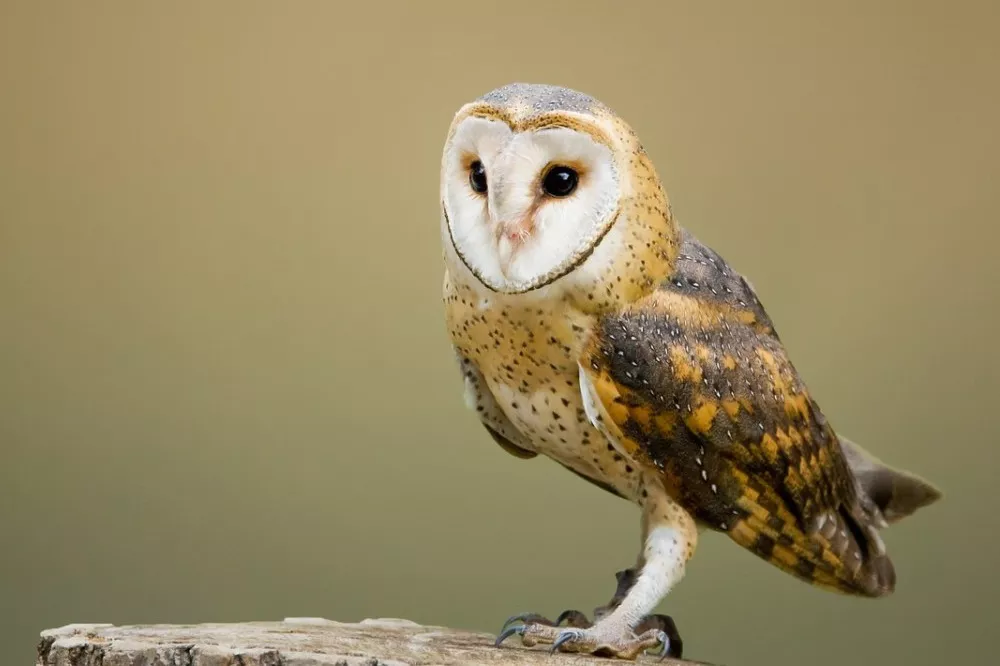Barn owls are one of the most widely distributed species of owl in the world, found on every continent except Antarctica. These beautiful birds have fascinated people for centuries with their silent flight, haunting calls, and striking appearance. But what do barn owls like to eat? In this article, we will explore their diet and feeding habits in detail.
Introduction to Barn Owls
Barn owls are medium-sized owls that are easily recognizable by their heart-shaped facial discs and white underparts. They are nocturnal hunters that rely on a keen sense of hearing to locate prey in complete darkness. Barn owls are opportunistic feeders, which means they will eat whatever prey is available to them. However, there are some types of prey that are more common in their diets than others.
Small Mammals
The primary source of food for barn owls is small mammals, such as mice, voles, rats, shrews, and occasionally rabbits. These animals are abundant in many habitats and provide a reliable source of food for the owls. Barn owls can eat up to three times their body weight in a single night, and they hunt for several hours each night to satisfy their hunger.
Birds
While not as common as small mammals, birds are also part of the barn owl’s diet. The owls will go after smaller birds such as finches, sparrows, and starlings. They may also prey on larger birds like pigeons or doves if other food sources are scarce.
Invertebrates
While the bulk of a barn owl’s diet consists of mammals and birds, they may also consume invertebrates opportunistically. Insects, including beetles, moths, and grasshoppers, may be consumed by barn owls, especially during the breeding season when additional food sources are required to nourish their growing chicks.
Reptiles and Amphibians
In some regions, barn owls may incorporate amphibians and reptiles into their diet. Frogs, toads, lizards, and snakes may be consumed, particularly in wetland habitats or areas with a high population of these creatures. However, amphibians and reptiles are not as common in the diet of barn owls compared to small mammals and birds.
Fish
Although rare, barn owls have been known to prey upon fish in certain circumstances. This typically occurs when fish are accessible and abundant, such as in wetland areas with shallow water bodies. Fish consumption, however, is not a significant part of a barn owl’s diet.
Nutritional Considerations
Barn owls have specific nutritional requirements that must be met to ensure their health and well-being. The prey they consume provides essential nutrients, including proteins, fats, vitamins, and minerals. Captive barn owls should be provided with a diet that closely resembles their natural diet, including high-quality rodent-based food and appropriately sized birds.
Feeding Barn Owls in Captivity
When keeping barn owls in captivity, it is essential to replicate their natural diet as closely as possible. Commercially available rodent-based diets, specifically formulated for birds of prey, can serve as a primary food source. These diets often come in frozen or pelletized forms and provide a balanced nutritional profile.
Supplementing the diet with whole prey items, such as mice and chicks, can also be beneficial for enrichment purposes and to mimic natural feeding behaviors. It is essential to ensure that the prey items provided are appropriate in size and sourced from reputable suppliers to avoid introducing pathogens or toxins.
Feeding Habits
Barn owls are active hunters, and they typically hunt from a perch or while flying low over the ground. They use their exceptional hearing to locate prey, which they then swoop down on from above. Barn owls have a unique adaptation that allows them to fly silently, making them one of the stealthiest hunters in the animal kingdom.
Once they catch their prey, barn owls swallow it whole, regurgitating pellets of indigestible material like fur and bones. These pellets provide valuable information for researchers studying the diets of these owls.
Conclusion
In summary, barn owls are opportunistic feeders that primarily consume small mammals like mice, voles, shrews, and rats. They will also eat birds, insects, reptiles, and amphibians if other food sources are scarce. These beautiful birds are active hunters, relying on their excellent hearing to locate prey in complete darkness. Their unique adaptations, including silent flight, make them one of the most fascinating and efficient hunters in the animal kingdom.


 Facebook
Facebook  Instagram
Instagram  Youtube
Youtube 